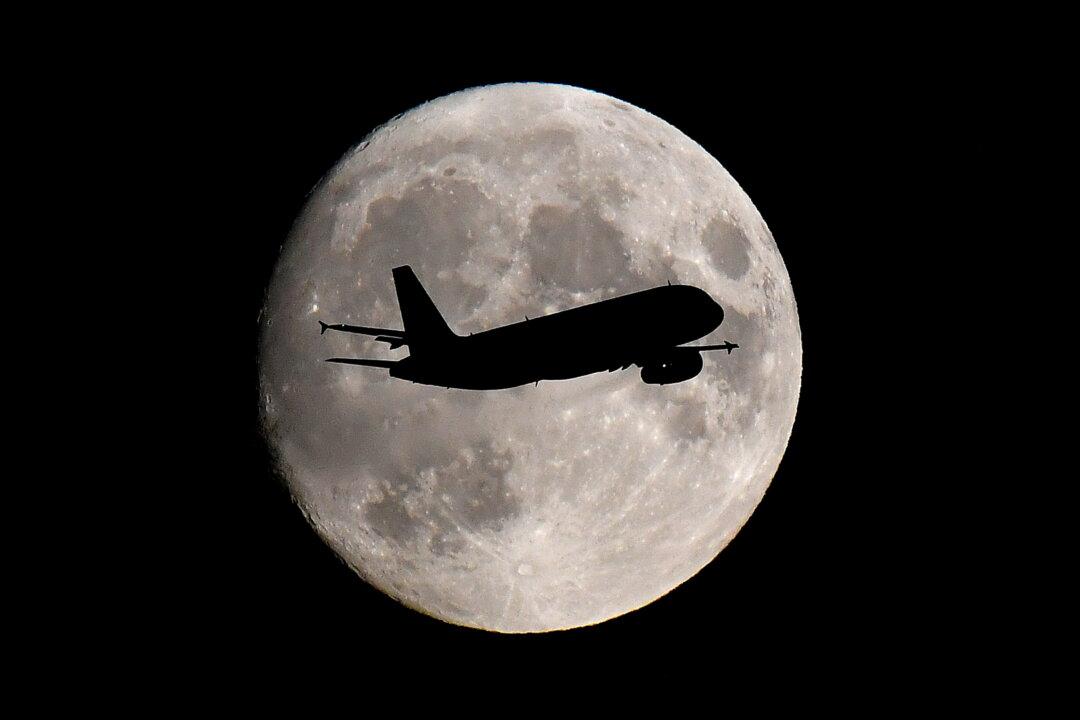Scientists have discovered a heat-emitting mass of granite buried beneath the surface on the far side of the moon, which likely formed from a dormant volcano that last erupted over 3.5 billion years ago.
In a study published on July 5 in the journal Nature, scientists reported the discovery of a 50-kilometers-wide batholith—a type of volcanic rock formed when lava ascends into the Earth’s crust but does not erupt onto the surface—on the far side of the moon.





